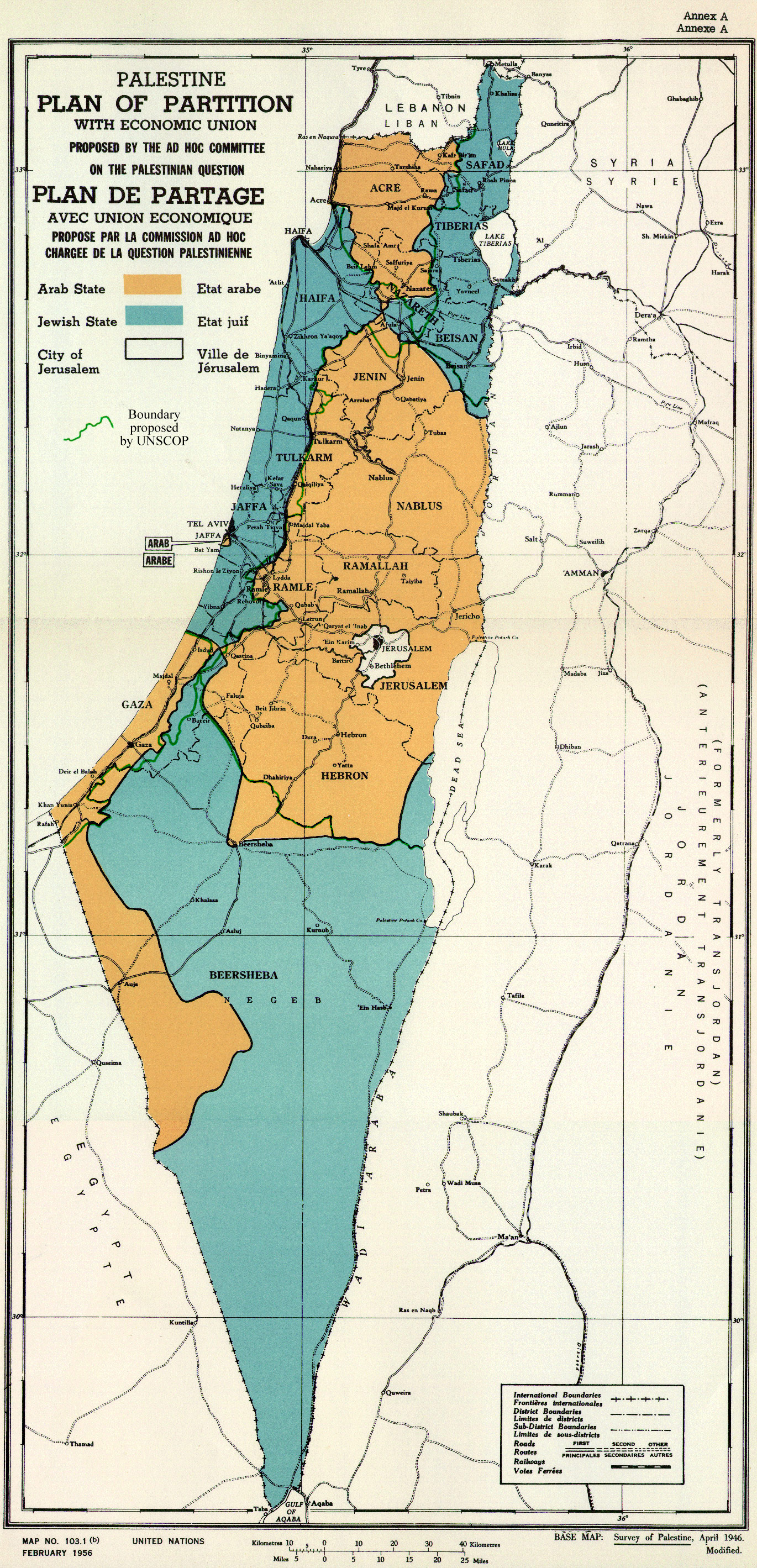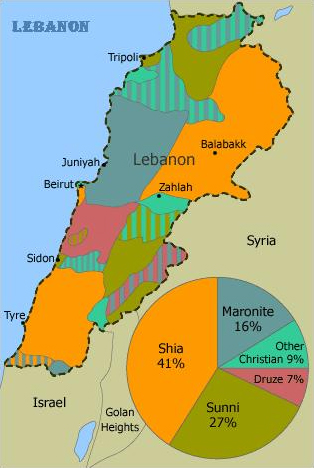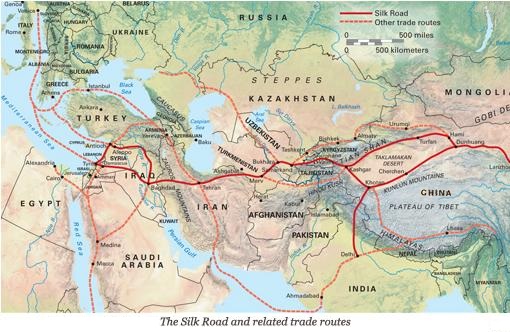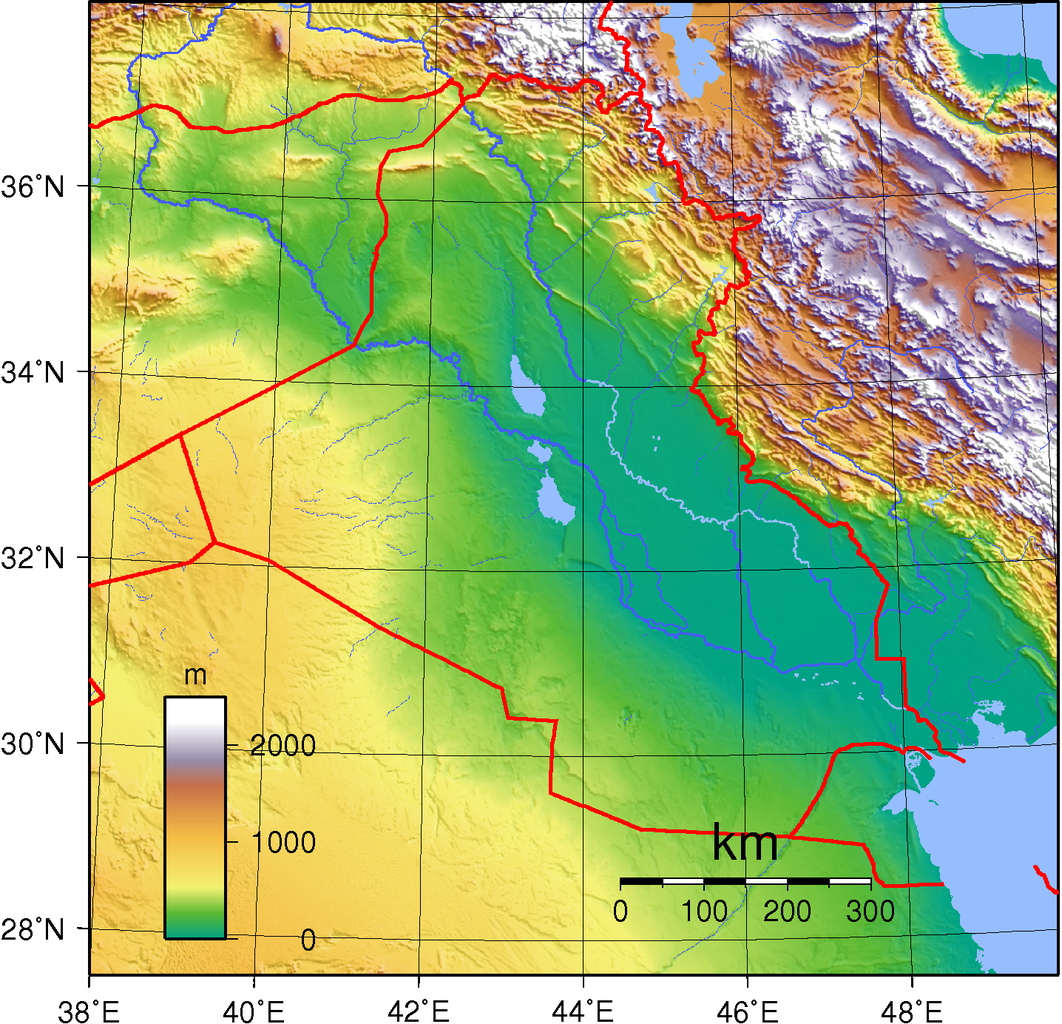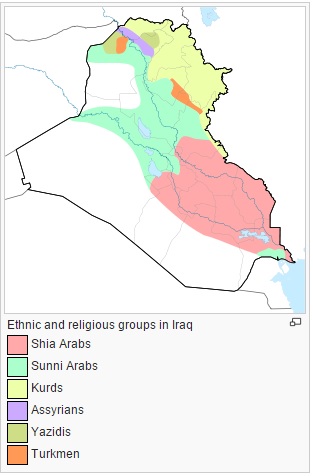Egypt is on the Mediterranean and Red Seas with the Suez canal connecting the two. It borders Libya in the west, the Gaza Strip and Israel in the east and Sudan in the south. It is about the size of Texas plus New Mexico.
Most of Egypt is desert, about two thirds of it part of the sandy and extremely harsh Libyan desert. A more mountainous desert extends from the Nile Valley to the Red Sea. The Sinai Peninsula east of that is also desert. The only agricultural land is in the Nile Valley and Nile Delta.

The Nile runs about 500 miles to its delta from the Aswan Dam near the Sudan border. The dam was built in the 1960s to control flooding, provide irrigation and generate electricity. The annual Nile floods used to wash away crops in high-water years and failed to support them in low-water ones.
The great majority of Egypt’s 88 million people, over half of whom are under 20 years old and 91% of whom are ethnic Egyptians, live near the banks of the Nile, about half of them in urban areas, mostly Cairo, Alexandria and other major Nile Delta cities. The entire Nile Valley and Nile Delta account for about 5.5% of Egypt’s land, and since much of that delta is marshland, 98% of the population lives on only 3% of Egypt’s entire territory.

An estimated 90% of Egyptians are Muslim, 9% Coptic Christian and 1% other Christian denominations. An estimated two thirds of the Muslims are Sunni, 13% are non-denominational, 17% are Egyptian-Sufi, and 3% are Shia. Over 90% of the Christians belong to the Coptic Orthodox Church of Alexandria.
Egypt’s known history begins twelve thousand years ago with a grain-grinding culture. When climate changes or overgrazing a couple of thousand years later began to turn the land to desert, the people moved to the Nile Valley. Some of the earliest developments in writing, agriculture, urbanization, organized religion and central government were made there where a unified kingdom was founded five thousand years later and a distinctively Egyptian religious and artistic culture began to flourish. Many of the great pyramids were built in that time.
Christianity arrived in Egypt three thousand years later as its native civilization was fading, then it was conquered by Muslim Arabs in 639–42. They ruled Egypt for the next six centuries and were followed in 1250 by Mamluks, a military caste of Turkic slaves brought by Muslim rulers to Iraq in the 9th century. Although the Mamluk regime was conquered by Ottoman Turks in 1517, they continued to rule semi-autonomously until France invaded in 1798. When they were driven out in 1805, an Ottoman military commander took over. His dynasty ruled until 1952 although they were by then British puppets.
Eight hundred years of benign, oppressive or behind the scenes military rule explains much about Egypt today, along with the results of several hundred years of rule by colonial powers, persistent social injustice and now, a very high percentage of under twenty year-olds.
Egypt’s debt to European banks from its partnership with France to complete the Suez Canal in 1869 was so great that it was soon forced to sell its share to Britain. Expecting great benefit since the canal cut 4,300 miles off the sea distance between Europe and South Asia, Egypt instead got British and French controllers in its cabinet.
When the Ottomans allied with Germany in WW1, Britain replaced Egypt’s anti-British ruler and declared it a Protectorate. The country rose in revolt after the war when Britain exiled leaders of the nationalist movement that won the first election. Britain declared Egypt’s independence in 1922 but retained control and maintained a military presence until 1956.
Opposition to British rule led in 1928 to formation of the Muslim Brotherhood which focused first on education and charity but soon became a political force, too, advocating for the disenfranchised, modernization of Islam, and Egyptian nationalism. During WW2 the Brotherhood sabotaged British forces in Egypt and supported terrorism in British Palestine. In 1945, educated, lower middle class army officers established a secret Free Officers Movement within the Brotherhood. In 1948, the Prime Minister outlawed it and was assassinated by one of its members.
In 1950, Gamal Nasser was chosen to head the still secret Free Officers Movement and began preparing to end British influence once and for all. The military coup d’etat he organized in 1952 was quite peaceful, the Egyptian Republic was declared the following year and he became President in 1956. Although the revolution was supported by the Brotherhood, they were given no role in the government. When a Muslim Brother tried to assassinate Nasser during his 1954 speech celebrating the upcoming British military withdrawal, his response from the podium: “My countrymen, my blood spills for you and for Egypt. I will live for your sake and die for the sake of your freedom and honor” made him a hero. He abolished the Brotherhood and imprisoned thousands of its members.
Nasser went on to became leader not only of Egypt but of many Arabs everywhere. He promoted political unification of all Arabs. All foreign powers would be expelled and Arabs would govern themselves via Arab Socialism, which meant not Communism but eliminating the exploitation of one group of citizens by another.
Nasser’s policy toward the Great Powers was neutral and wary. He saw it as a continuation of British influence when in 1955 Britain, Iran, Iraq, Pakistan and Turkey, encouraged by the US, formed the Central Treaty Organization (CENTO) to counter Russian expansion. After Israel attacked the Egyptian-held Gaza Strip the same year and Egypt’s forces were too weak to respond, he made an arms deal with Czechoslovakia. The US had stopped supplying arms because Egypt was neutral toward the USSR.
In 1956, when the US withdrew funding for the Aswan High Dam, Nasser nationalized the Suez Canal. France, Britain, and Israel invaded but US President Eisenhower forced them to withdraw. Nasser later got funding for the dam from Russia. He established a Constitution that enabled women to vote and prohibited gender-based discrimination. By the end of the next year he had nationalized all British and French assets as well as other businesses, in total one third of the overall economy.
Pan-Arabism was by this time supported throughout the Arab world and Nasser seemed able to bring it about. He opposed communism but the US saw pan-Arabism as a threat, too, and tried to build up King Saud as a counterweight. When Egypt and Syria formed the United Arab Republic in 1958, absorbed the Gaza Strip and aligned with North Yemen, King Saud’s plan to have Nasser assassinated became instead a triumph when he waved the Saudi check for shooting down his plane to cheering masses in Syria’s capital.
In 1961, Nasser helped establish, along with Burma, Ghana, India, Indonesia and Yugoslavia, the Non-Aligned Movement of developing countries opposed to the Cold War. It now has 120 members. The same year he made Egypt’s leading Sunni institution authorize coeducational schools and declare Shia, Alawaite and Druze no longer heretical.
When civil war broke out in North Yemen in 1962 after a republic was declared, Jordan and Saudi Arabia supplied military aid to the royalists. Nasser supplied troops and weapons to the republican side hoping to go on and expel British forces from South Yemen. The war ended in 1970 in stalemate.
Also in 1962 Nasser introduced another new constitution along with a National Charter that included free universal health care, affordable housing, free education, more women’s rights, a minimum wage, and land reforms that gave tenant farmers security. Government ownership of Egyptian business increased to 51%. The economy came close to collapse by the end of the 1960s.
When Russia told him in 1967 that Israel was about to attack Syria, Nasser deployed troops near Israel’s border, expelled UN peacekeepers and blocked Israel’s access to the Red Sea saying, “our basic objective will be to destroy Israel.” King Hussein, fearing that Israel would seize the West bank, committed Jordan to join Egypt and Syria. Israel quickly captured Sinai and the Gaza Strip from Egypt, the West Bank from Jordan, and the Golan Heights from Syria. Russia then resupplied about half of Egypt’s arms and Nasser cut relations with the US.
When Nasser died in 1970 he was succeeded by Anwar Sadat who realigned Egypt from Russia to the United States and launched economic reform. Nasser had suppressed Muslim movements but Sadat hoped to win their support. He freed Muslim Brothers from jail but left the Brotherhood outlawed. Allied with Syria, he launched an attack in 1973 to regain part of the Sinai Israel had captured. That later enabled him to regain all Egypt’s Sinai territory in return for peace with Israel, but after signing a 1979 peace agreement with Israel, he was considered an enemy of Muslims and was assassinated in 1981 by a Muslim extremist.
Hosni Mubarek, an air force commander during the 1973 war, was elected next. He was subsequently elected to three more 6-year terms (but was the only candidate in the first two). Despite mass arrests the Muslim Brotherhood continued to push for more democracy and against Western erosion of Islamic culture, and they continued to gain support, mainly because of their social services.
In 1989, the USA designated Egypt a major non-NATO ally. In 1991, Mubarak began privatizing the economy and passing severe freedom-inhibiting laws. The economy flourished but terrorist attacks increased, too, and parliament had almost no role by the late 1990s. In 2005, although Brotherhood candidates could run only as independents, they won 20% of the parliamentary seats. Two years later, independent candidates were banned and thousands of Brotherhood members were arrested. The Brotherhood boycotted the 2008 election and in 2010 there were more massive arrests and all but one of their candidates lost.
Mubarak ruled Egypt for over thirty years and intended his son to succeed him but widespread protests forced him to resign in 2011. The Egyptian military then reemerged and took over. They legalized the Brotherhood and held an election. The Brotherhood’s newly formed Freedom and Justice Party won almost half the seats and its candidate, Mohamed Morsi, was elected president.
Morsi granted himself unlimited powers and proposed what opponents said was an Islamist constitution, then twenty to thirty million protesters took to the streets. The military stepped back in, removed him and re-outlawed the Brotherhood. The US withdrew military aid to protest the abuse of democracy. Morsi was charged with crimes that include inciting jihad in collaboration with Hezbollah and Hamas. The head of the military, el-Sisi was elected president in early 2014. Today Morsi was sentenced to 20 years in prison for the killing of demonstrators in 2012. Last year, the UN condemned the sentencing to death of 1,200 people in mass trials “rife with procedural irregularities.”
On April 1, 2015 (sic) the US restored $1.3B of military aid to Egypt, our second largest total after Israel. In September 2014, Russia had agreed to a $3.5B arms deal with Egypt and a few months later Egypt had facilitated a Russian arms deal with Libya.
Escalating the Middle East arms race will not end well. Egypt’s relations with Iran are strained by Iran’s rivalry with Saudi Arabia, its relations with Turkey are strained by Turkey’s support of the Muslim Brotherhood, and it is militarily active in Yemen where Saudi Arabia and Iran are amplifying an age-old local conflict being exploited by Al Queda.
Meanwhile, Egypt is riven internally by the conflicting aims of Muslim Brothers, Coptic Christians, secularist and military leaders. And there are no jobs for 39% of the under twenty year-old half of Egypt’s population.












